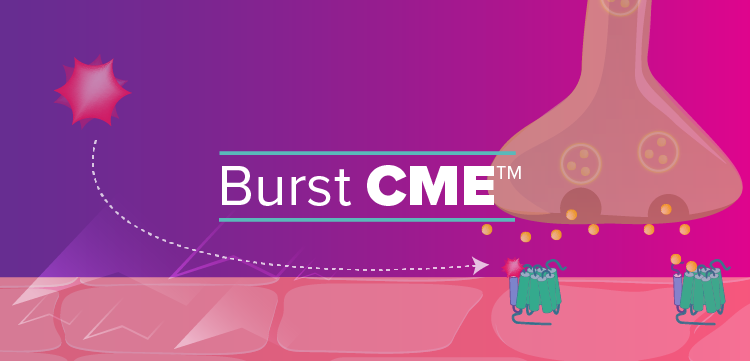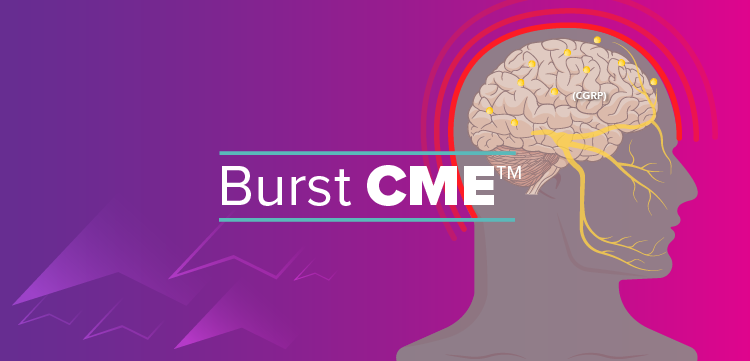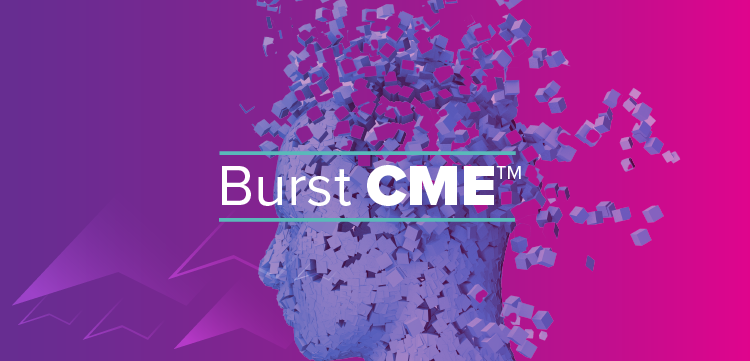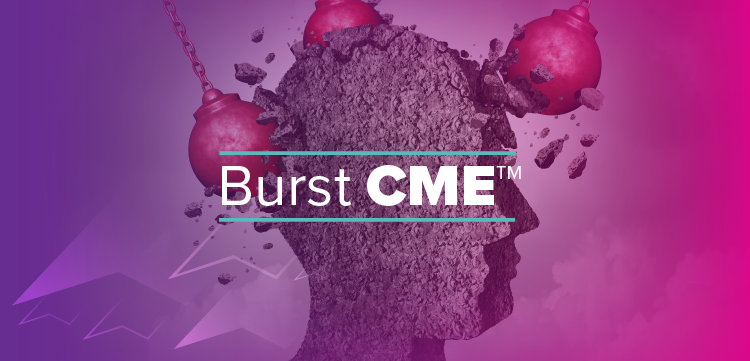Alendronate better than risedronate at increasing BMD
Weekly treatment with alendronate is more effective in building bone in the hip and spine than weekly risedronate, according to a new head-to-head study of the drugs.
Weekly treatment with alendronate is more effective in building bone in the hip and spine than weekly risedronate, according to a new head-to-head study of the drugs. The findings were from a post-hoc analysis of FACT (Fosamax Actonel Comparator Trials), a double-blind, randomized trial of alendronate and risedronate. More than 1,000 postmenopausal women with and without osteoporosis were enrolled in the 12-month trial.
Weekly alendronate (70 mg) was significantly more effective in increasing hip trochanter, lumbar spine, and total hip bone mineral density (BMD), regardless of a patient's osteoporotic status. In women with osteoporosis, alendronate increased BMD by 3.6%, 3.6%, and 2.1% in those sites, respectively, compared with 2.0, 2.5, and 1.0 for risedronate (35 mg). The osteoporotic patients on alendronate also had greater decreases in biochemical markers indicative of their condition than did their counterparts taking risedronate. No significant differences were seen between the two treatments in adverse events, including upper gastrointestinal problems.
Bonnick S, Hochberg M, Broy S, et al. Comparison of once-weekly alendronate and once-weekly risedronate in the osteoporotic subgroup from the FACT study. Poster presented during the 6th International Symposium on Osteoporosis: Current Status and Future Directions in Washington, D.C.
Newsletter
Get the latest clinical updates, case studies, and expert commentary in obstetric and gynecologic care. Sign up now to stay informed.
















